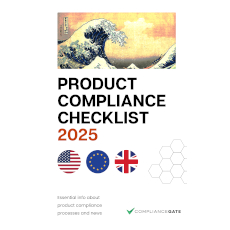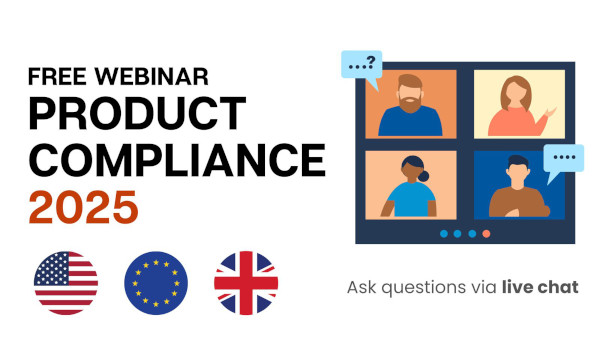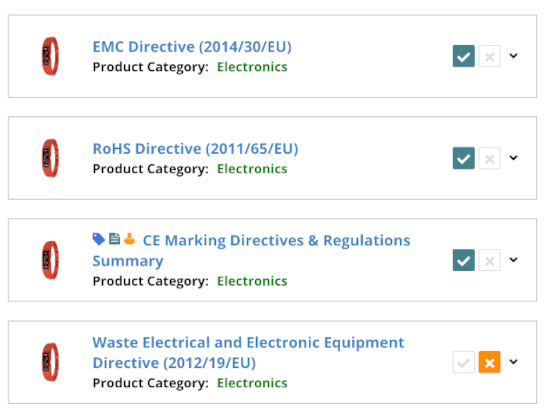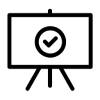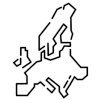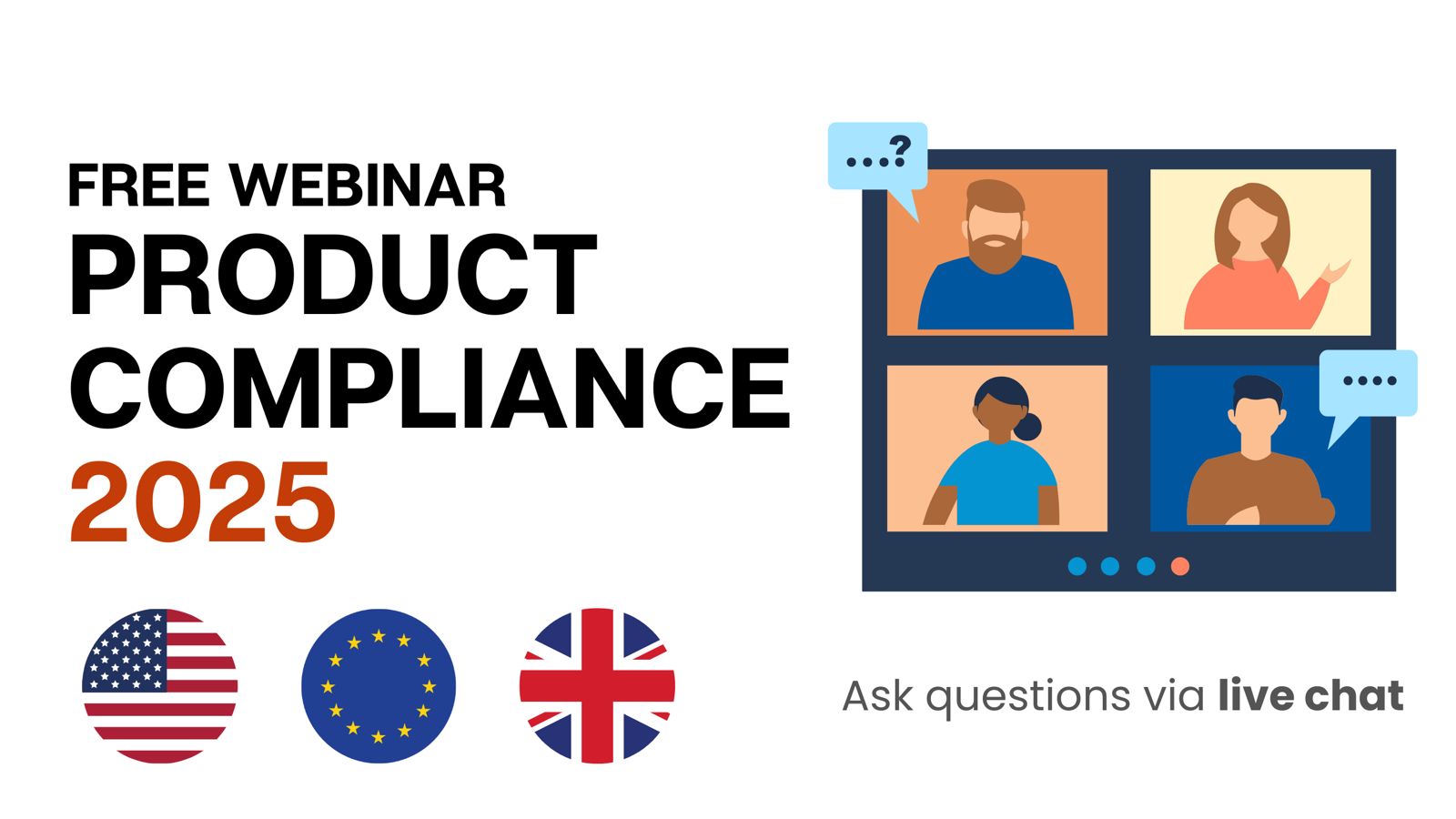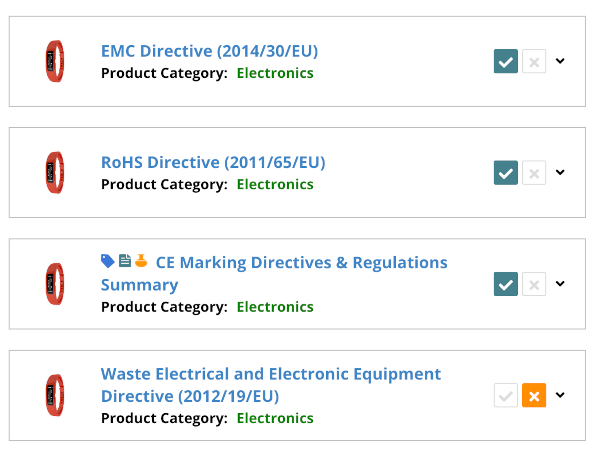
Plumbing fixtures imported or manufactured for sale in the European Union are subject to the Construction Products Regulation, REACH, and various other regulations and directives. These, in turn, set requirements concerning substances, labelling, documentation, and testing.
This guide explains how different directives, regulations, and standards apply to plumbing fixtures sold in the EU.
Examples of plumbing fixtures
- Taps
- Fittings
- Mixing valves
- Kitchen sinks
- Bidets
- Water closets
- Urinals
Content Overview

FREE CONSULTATION CALL (US, EU & UK)
- Request a free 30-minute call with Ivan Malloci to learn how we can help you with:
- Find product requirements
- Certification and labeling
- Lab testing
Construction Products Regulation
The Construction Products Regulation establishes performance requirements for construction products. Construction products are defined as products or kits designed for permanent use in construction that impact the building performance based on essential requirements. This also includes plumbing fixtures.
The regulation requires importers and manufacturers to:
a. Ensure their products adhere to applicable performance characteristics and requirements, including requirements to prevent the release of harmful substances into drinking water, for example
b. Have their products undergo systems of assessment and verification of constancy of performance (AVCP), which set requirements such a testing, inspections, and more
c. Affix the CE marking and product traceability label
d. Draw up a Declaration of Performance, technical documentation, and user instructions
Standards
You generally need to ensure that your plumbing fixtures meet the requirements set by standards harmonised under this regulation. This is because products that adhere to relevant harmonised standards are generally deemed to conform to the Construction Products Regulation’s technical requirements.
There are several standards harmonised under the Construction Products Regulation that apply to plumbing fixtures or products that may contain plumbing fixtures. This section lists several examples of those harmonised standards; note that more standards may exist.
EN 13310 – Kitchen sinks – Functional requirements and test methods
EN 14528 – Bidets – Functional requirements and test methods
EN 14516 – Baths for domestic purposes
EN 14055 – WC and urinal flushing cisterns
EN 13407 – Wall-hung urinals – Functional requirements and test methods
EN 14296 – Sanitary appliances – Communal washing troughs
EN 14428 – Shower enclosures – Functional requirements and test methods
EN 14527 – Shower trays for domestic purposes
EN 14688 – Sanitary appliances – Wash basins – Functional requirements and test methods
EN 997 – WC pans and WC suites with integral trap
Documentation
This section lists the key documentation requirements set by the regulation.
| Title | Description |
| Declaration of Performance | The regulation mandates manufacturers to create a Declaration of Performance for construction products that either:
a. Are covered by a harmonised standard, or b. Conforms to a European Technical Assessment (which is a method of evaluating the performance of construction products not covered by harmonised standards) The Declaration of Performance needs to contain the information listed in Article 6 and Annex III. |
| European Assessment Document (EAD) | European Assessment Documents are ‘harmonised technical specifications’ that apply to products not covered by harmonised standards, and should contain the items listed in Article 24.
A European Assessment Document is needed for issuing a European Technical Assessment (ETA). |
| Technical Documentation | Manufacturers need to provide technical documentation, which describes the information related to the required systems of assessment and verification of constancy of performance (AVCP).
Note that the different AVCP are listed in Annex V. Generally, the relevant AVCP is set by harmonised standards or European Assessment Document that apply to the product. |
| User Instructions | The regulation requires manufacturers to ensure that they provide user instructions with their products. |
Labelling
This section features the labelling requirements from the regulation.
| Title | Description |
| CE marking |
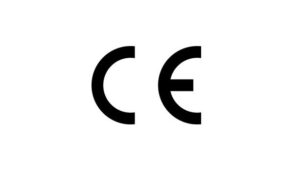
The regulation requires you to affix the CE marking to your product, but only under one of the following conditions: a. The product is covered by harmonised standards, or b. A European Technical Assessment has been issued for the product You should also provide, after the CE marking, the following information as listed in Article 9(2):
|
| Product Traceability | You should provide the following traceability information on your product, its packaging, or accompanying document (such as the instructions pamphlet):
|
Drinking Water Directive
The Drinking Water Directive (EU) 2020/2184 aims to protect human health from the negative effects of contaminated water by regulating the quality of water meant for human consumption in the European Union.
Minimum hygiene requirements for materials that come into contact with water
This section focuses only on the requirements that cover materials coming into contact with water, such a plumbing fixtures, which are listed in Article 11 of the directive. Those materials should undergo testing to ensure they do not:
a. Directly or indirectly harm human health
b. Negatively impact the water’s colour, taste, or odour
c. Encourage the growth of microbes
d. Release contaminants into water at levels exceeding the material’s intended purpose
According to Article 11, the European Commission should adopt implementing acts that set specific minimum hygiene requirements regarding materials that come into contact with water meant for human consumption.
Implementing acts
We found that the guidance page “Drinking water” lists the following decisions and regulations concerning Article 11:
a. Commission Implementing Decision (EU) 2024/365 laying down rules for the application of Directive (EU) 2020/2184 as regards methodologies for testing and accepting starting substances, compositions and constituents to be included in the European positive lists
b. Commission Implementing Decision (EU) 2024/367 laying down rules for the application of Directive (EU) 2020/2184 establishing the European positive lists of starting substances, compositions and constituents authorised for use in the manufacture of materials or products that come into contact with water intended for human consumption
c. Commission Delegated Regulation (EU) 2024/369 supplementing Directive (EU) 2020/2184 laying down the procedure regarding inclusion in or removal from the European positive lists of starting substances, compositions and constituents
d. Commission Implementing Decision (EU) 2024/368 laying down rules for the application of Directive (EU) 2020/2184 as regards the procedures and methods for testing and accepting final materials as used in products that come into contact with water intended for human consumption
e. Commission Delegated Regulation (EU) 2024/370 supplementing Directive (EU) 2020/2184 laying down conformity assessment procedures for products that come into contact with water intended for human consumption and the rules for the designation of conformity assessment bodies involved in those procedures
f. Commission Delegated Regulation (EU) 2024/371 of 23 January 2024 supplementing Directive (EU) 2020/2184 of the European Parliament and of the Council by establishing harmonised specifications for the marking of products that come into contact with water intended for human consumption
According to the guidance page, these decisions and regulations apply to materials and products such as:
- Pipes
- Valves
- Pumps
- Water meters
- Fittings
- Taps
REACH Regulation
The REACH Regulation restricts the use of certain substances in articles. For example, plumbing fixtures may contain heavy metals and other substances that are restricted by REACH.
As such, you should test your products to ensure that they comply with the substance limits set by regulation.
Restricted substances
Annex XVII lists substances restricted by REACH. Plumbing fixtures, such as faucets and showerheads, may contain restricted substances that may, in turn, affect the water.
Here are some examples of substances that are listed in Annex XVII and may be present in plumbing fixtures:
a. Cadmium – Banned from use in plating metallic components of sanitary ware
b. Lead – May be present in showerheads and other parts accessible to consumers; restricted to 0.05% by weight
Additionally, some of the restrictions in Annex XVII apply to all products and materials, such as those set for some phthalates.
Substances of Very High Concern (SVHC)
Substances of Very High Concern (SVHC) are generally carcinogenic, mutagenic, reprotoxic, persistent, bioaccumulative, and toxic. The SVHC List contains substances that can harm human health and the environment. You should notify the ECHA via the SCIP database if your product contains more than 0.1% of a listed substance.
For example, plumbing fixtures may contain SVHCs, such as:
a. Diboron trioxide – may be found in ceramic products, such as urinals
b. Tris(2-chloroethyl) phosphate (TCEP) – may be found in ceramic products
General Product Safety Regulation
The General Product Safety Regulation establishes product safety requirements for consumer products concerning aspects that are not already covered by other regulations.
The General Product Safety Regulation generally mandates that you:
a. Make sure the product complies with the regulatory requirements and is safe for use prior to its sale
b. Have your product undergo testing against relevant standards and requirements, such as the ones listed in the EN standards section of this guide
d. Create the technical documentation, according to the requirements of Article 9
e. Provide relevant instructions and warnings
f. Create a register of complaints that lists the product issues reported by your customer and that can help you solve possible safety issues
g. Affix the required traceability label to the product and its packaging:
- Type, batch or serial number
- Company name or trademark
- Company postal and electronic address
Persistent Organic Pollutants (POPs) Regulation
The Persistent Organic Pollutants (POPs) Regulation sets restrictions on substances that could harm human health and the environment, and products containing those substances.
The materials used in the manufacture of plumbing fixtures and associated components may contain restricted POPs, such as:
- PFOS – used as a water repellent in plumbing thread seal tape
- Alkanes (SCCP) – used in PVC hosepipes for plumbing
You should get your plumbing fixtures tested to ensure they do not contain restricted substances.
EN Standards
You should generally comply with standards harmonised under a regulation. When such standards do not exist for your product, you can use other non-harmonised standards to ensure product compliance.
Here are some examples of standards that cover plumbing fixtures that are not harmonised under the Construction Products Regulation or other regulations listed in this article.
EN 200 – Sanitary tapware – Single taps and combination taps for water supply systems of type 1 and type 2 – General technical specification
EN 246 – Sanitary tapware – General specifications for aerators
Recalls and Compliance Risks
Non-compliant plumbing fixtures (e.g. faucets, sinks, and bidets) may cause harm to humans, the environment, and also property.
The EU Safety Gate lists some examples of plumbing fixtures that were subject to recall due to non-compliance. Here are some examples of those fixtures below and the reasons for their recall:
a. Shower tray – cutting risk; non-compliant with EN 14527, which is harmonised under the Construction Products Regulation
b. Tap – risk of releasing heavy metals and metal splinters; non-compliant with national legislation (Italy, in this case)
Lab Testing
Some directives or regulations (e.g. the Construction Products Regulation) mandate product testing, while others do not strictly require it. Regardless, you still need to prove that your product is safe to use, and to do this, you should get your product tested to ensure compliance. If your product passes testing, then you should receive a report proving that your product complies with the requirements in the standard or the regulation.
| Regulation | Lab testing |
| Construction Products Regulation | This regulation requires covered products, such as plumbing fixtures, to undergo testing against the requirements to ensure product safety.
Covered plumbing fixtures should undergo tests such as:
|
| REACH Regulation | You should get your plumbing fixtures tested to ensure that the materials used to manufacture them do not contain any substances that exceed the permitted limits and are thus safe to use. |
| General Product Safety Regulation | The General Product Safety Regulation sets requirements for the safety of consumer products.
You should get your plumbing fixtures tested against relevant standards to ensure product safety. |
| POP Regulation | The POPs Regulation sets restrictions on harmful substances and products that use those substances.
You should get your products tested to ensure that your plumbing fixtures do not contain any banned or restricted substances above the permitted levels. |
Plumbing fixtures testing companies
This section features some companies that claim they can test plumbing fixtures against some of the standards mentioned above:
- Eurofins
- SGS
- Hong Kong Standards and Testing Centre
- Kiwa


